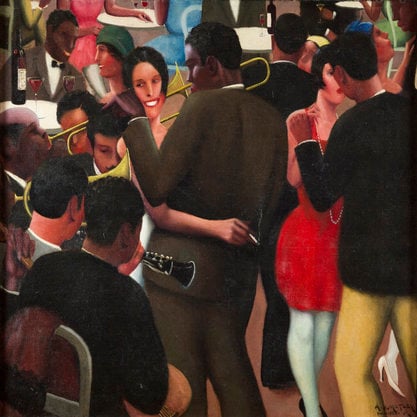Article
Parade By Bellow, Juliet
Article
A one-act ballet on the theme of a fairground sideshow, Parade was produced by Serge Diaghilev’s Ballets Russes, and premiered on May 18, 1917 at the Théâtre du Châtelet in Paris. According to Jean Cocteau, the poet who wrote the ballet’s libretto, the impetus for Parade originated in 1912 with Diaghilev’s command, ‘‘Astonish me!’’ To fulfill Diaghilev’s mandate, Cocteau assembled a production team drawn from the Parisian avant-garde: for the score, he recruited the composer Erik Satie, known for experimental piano compositions such as Gymnopédies (1888) and for cabaret songs performed at the Montmartre cabaret Le Chat Noir. In 1916, Cocteau secured the participation of Pablo Picasso, a painter associated with the Cubist movement of the early 1910s, to design the overture curtain, set, and costumes. Working with the choreographer Léonide Massine, this group produced a ballet-pantomime featuring familiar characters from the circus, variety shows, and cinema. Mixing various forms of art and entertainment, Parade used dance to explore the unstable relationship between elite and popular culture.


